History and Beauty Await the Best In The Game at Pebble Beach
July 3, 2023
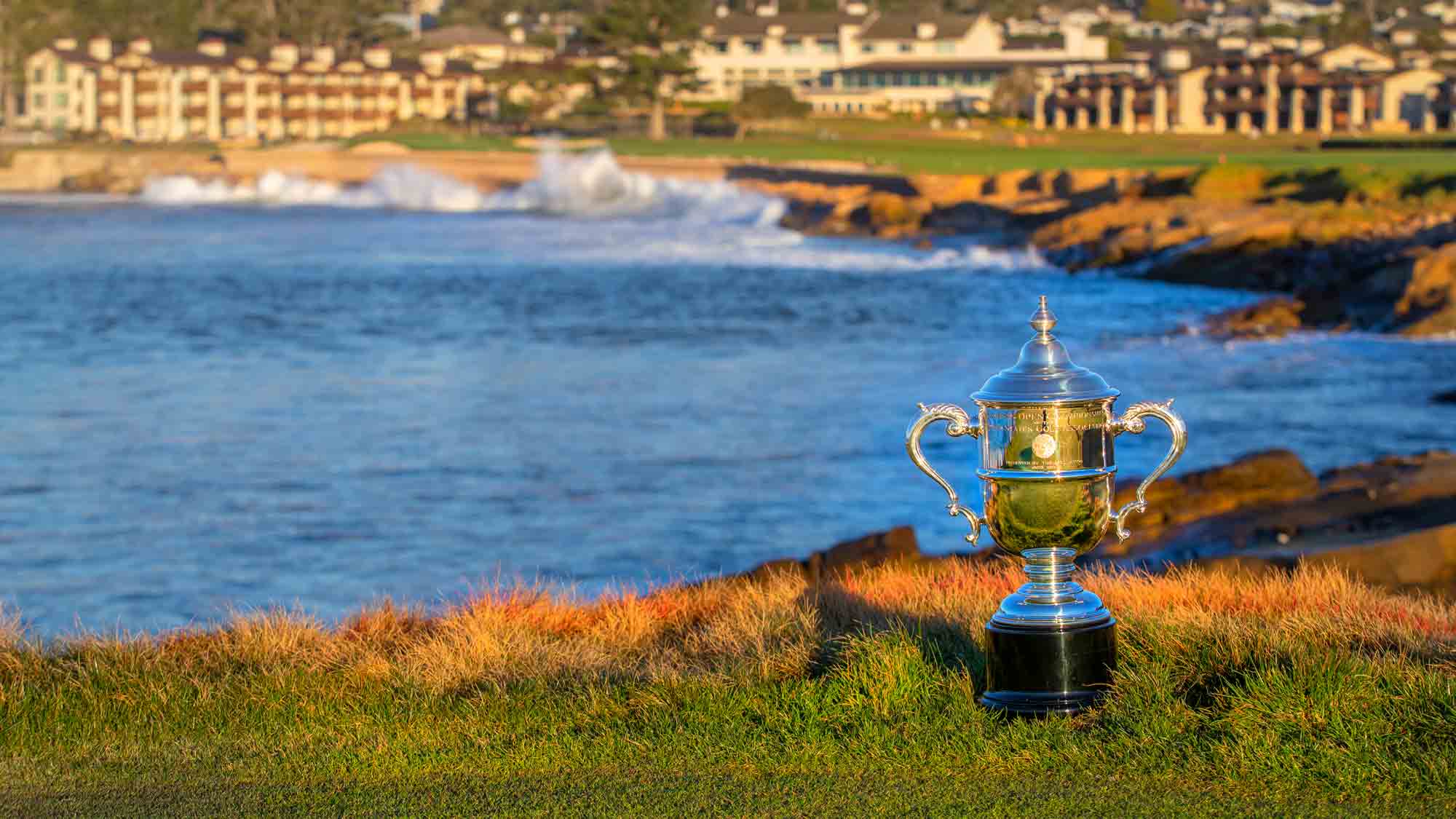
Steve Eubanks is a New York Times bestselling author and historian for the LPGA.
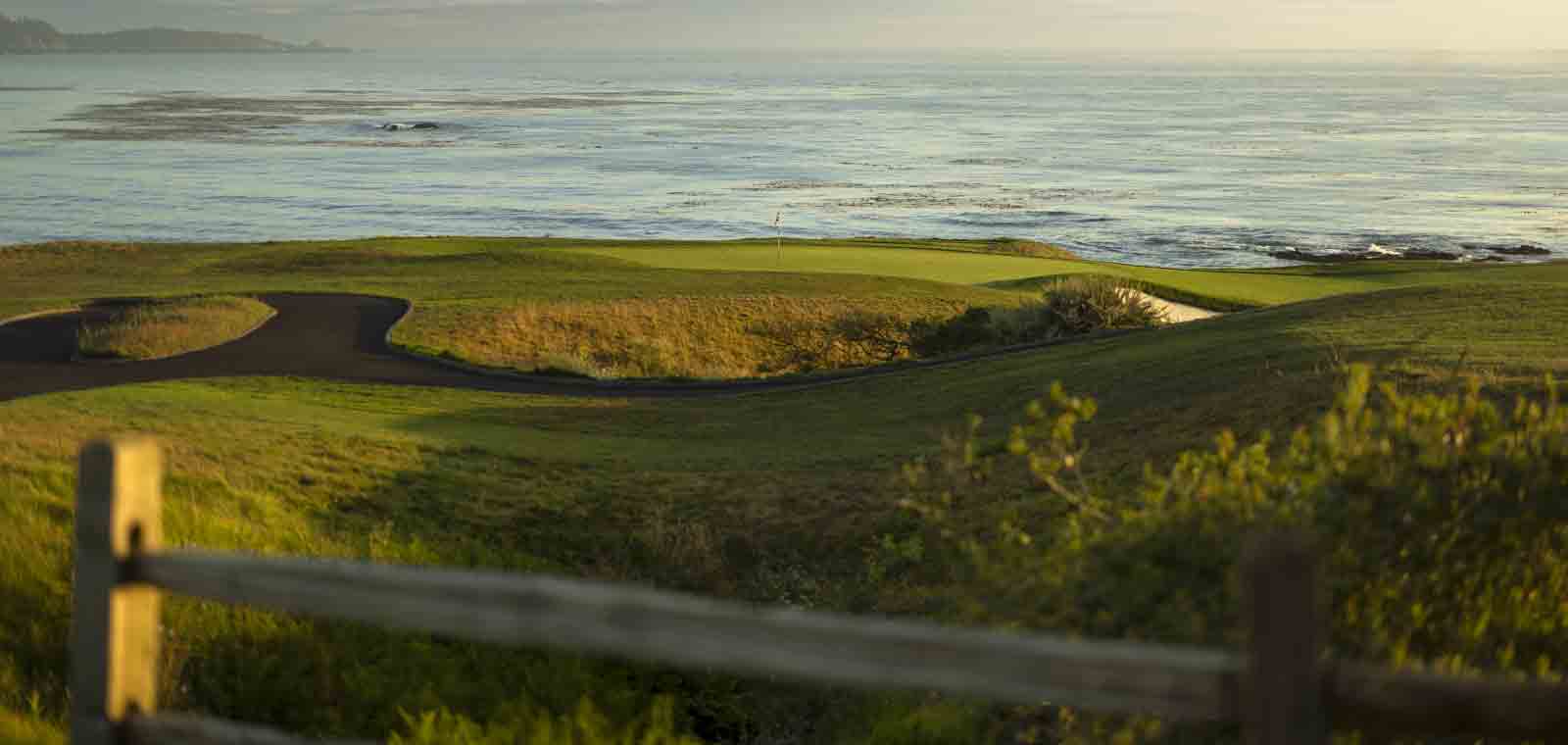
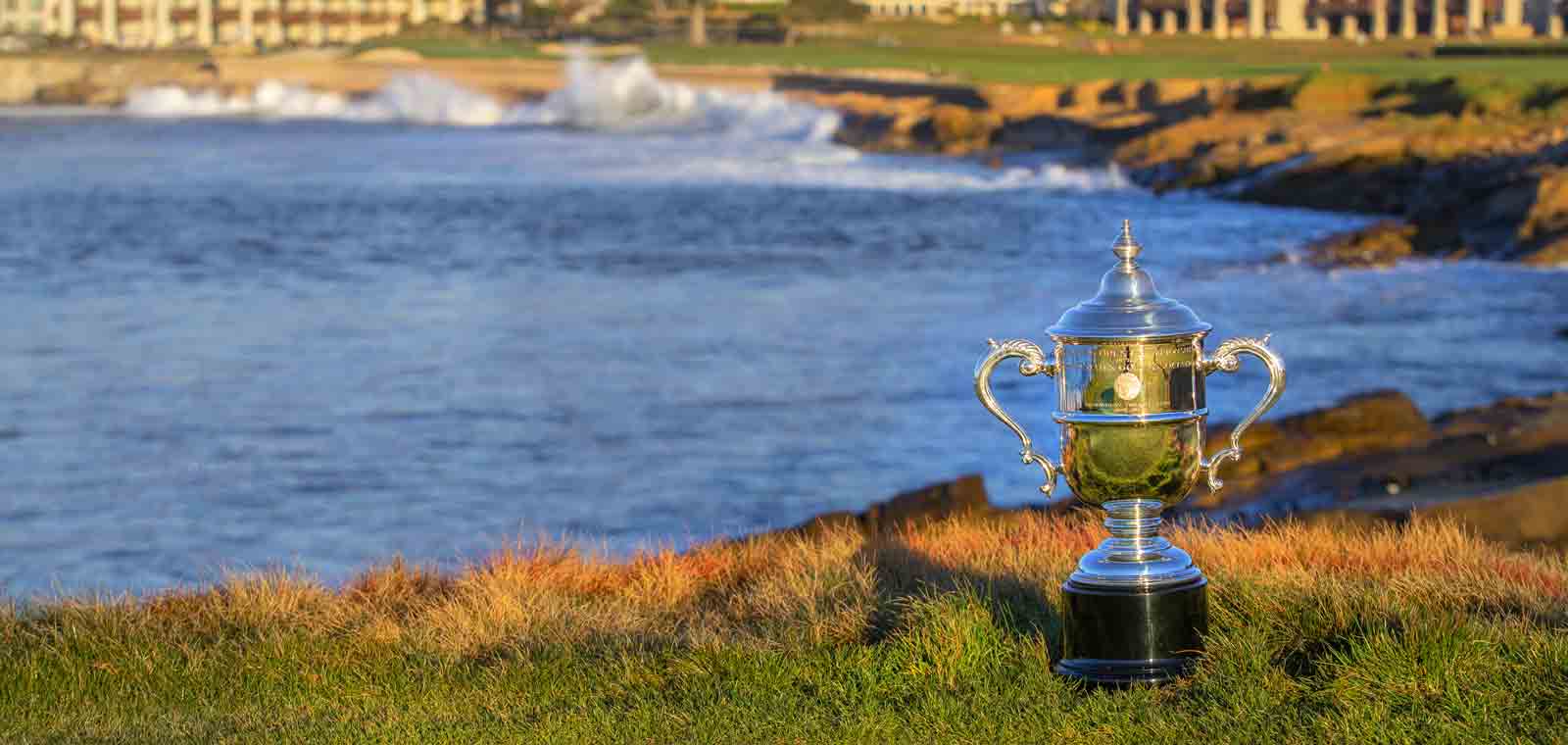
****
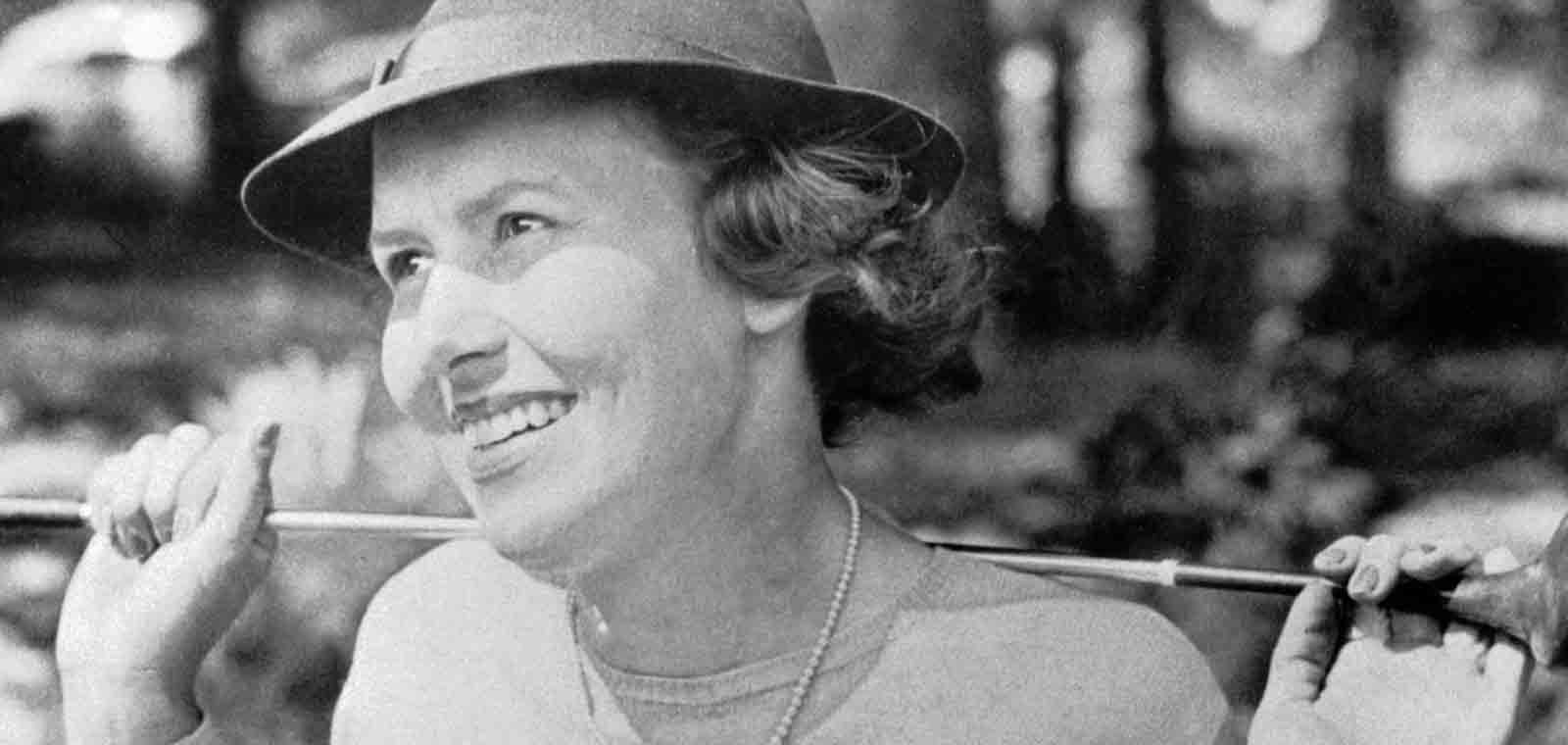
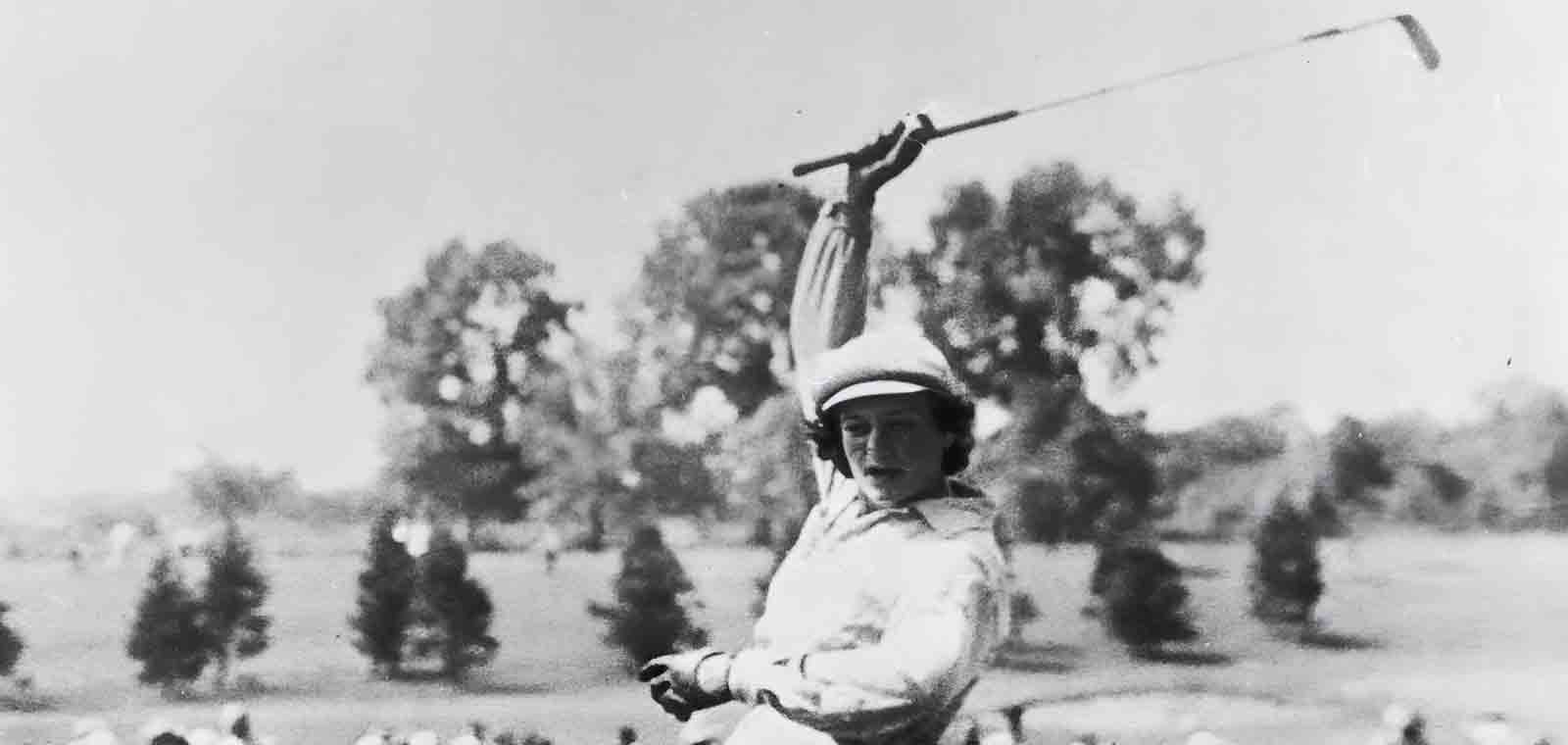
****
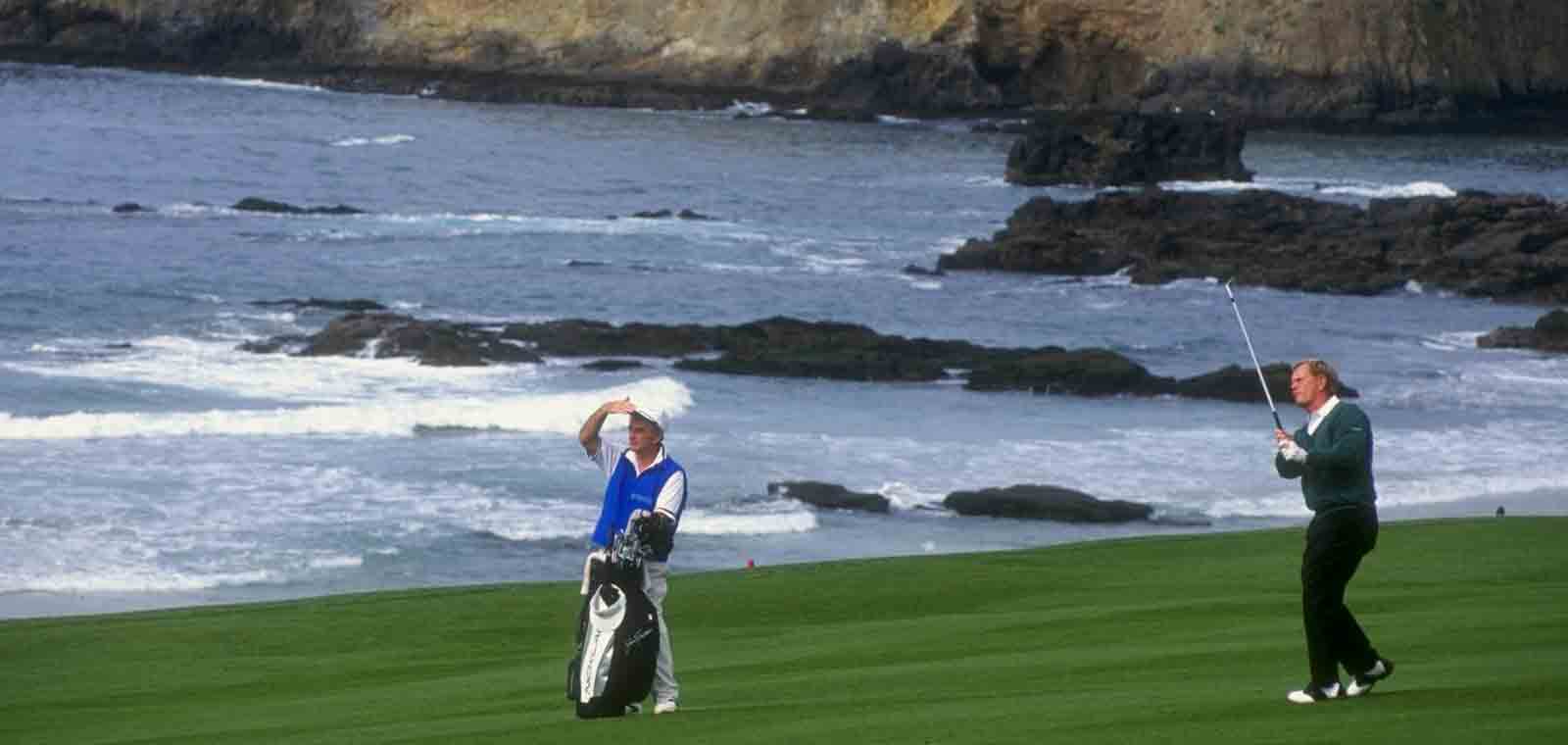
****
****
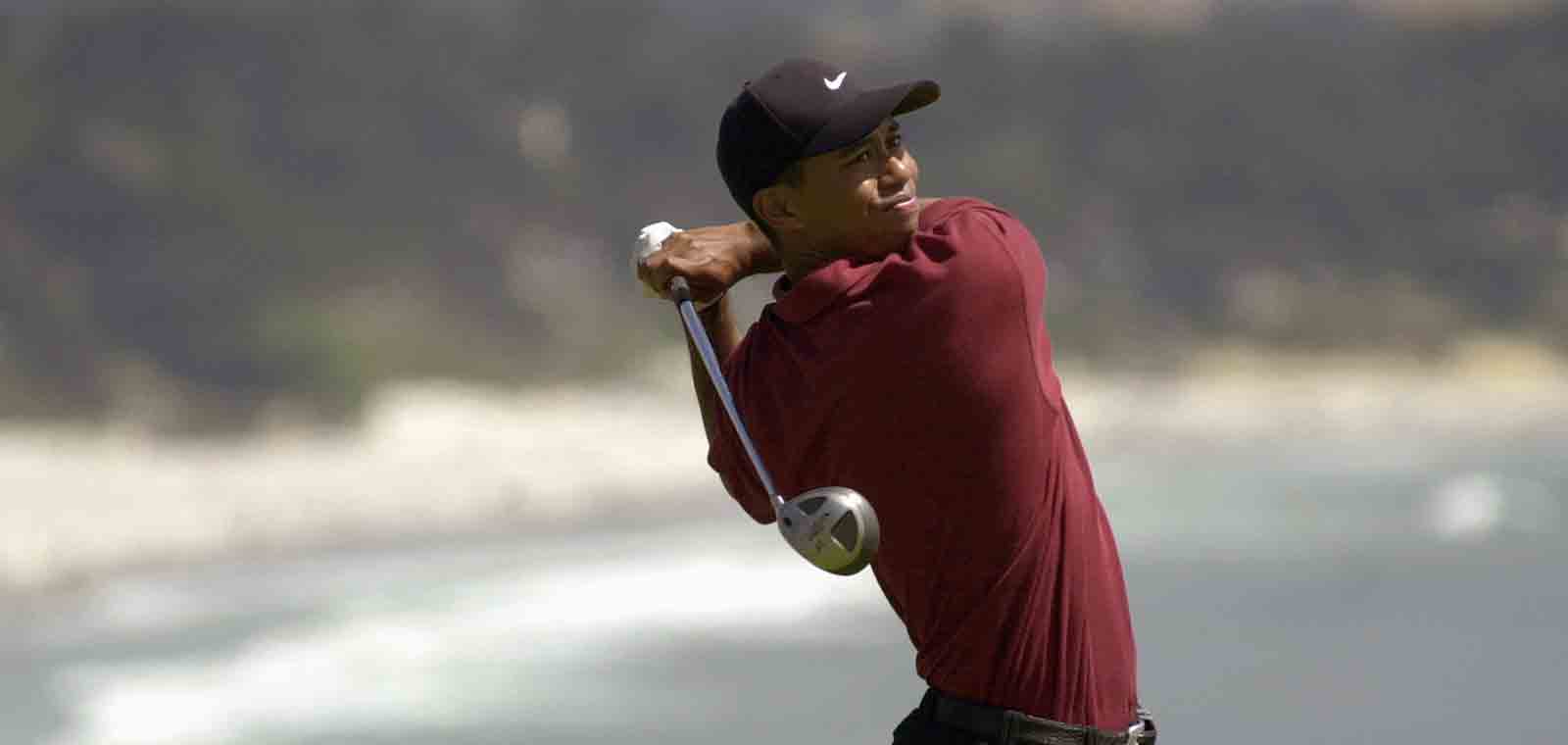
****
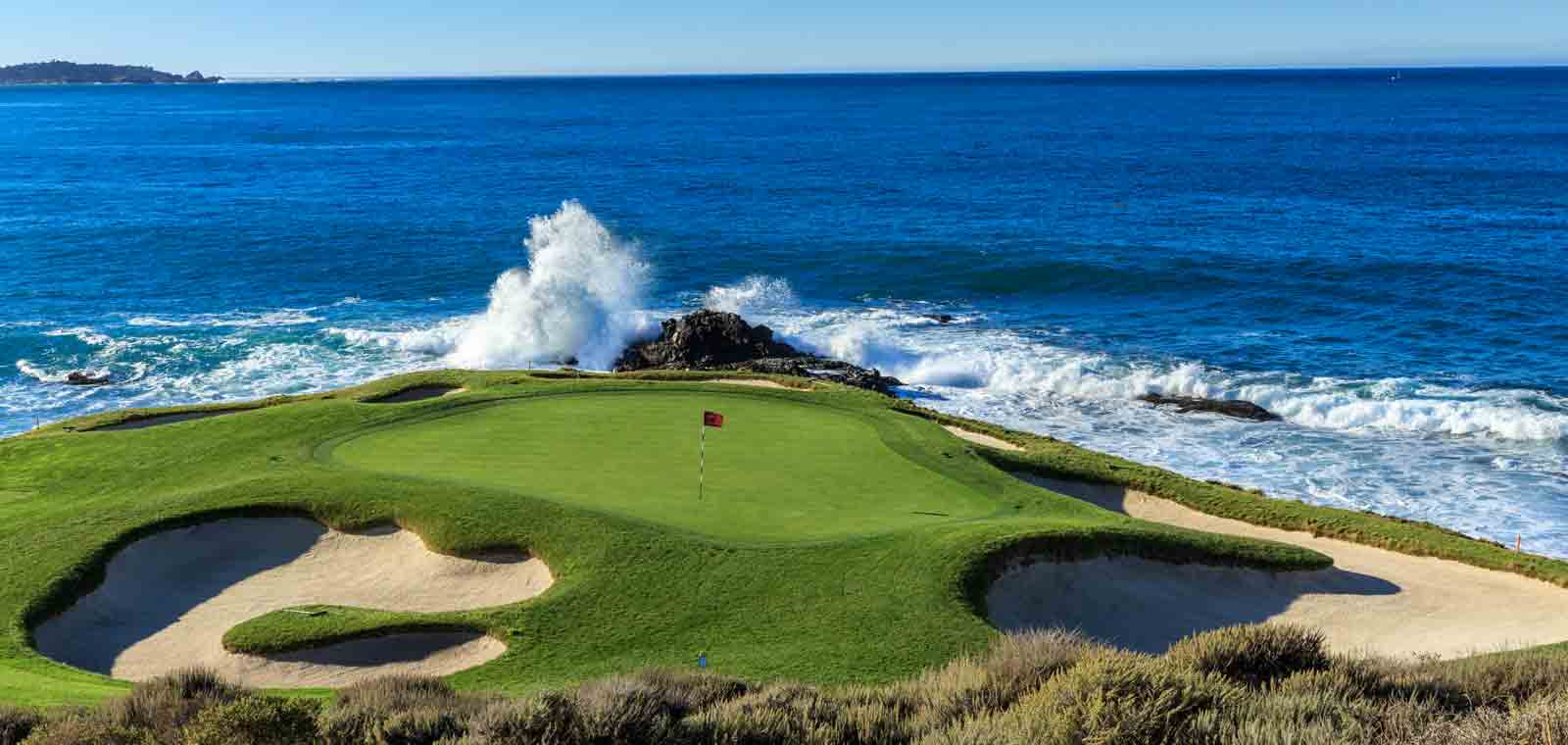
July 3, 2023

Steve Eubanks is a New York Times bestselling author and historian for the LPGA.


****


****

****
****

****
